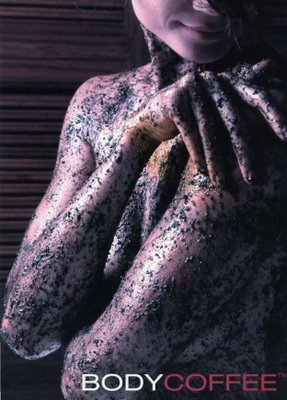By Matt Degen
You love coffee. There's just no other way of saying it. Your feelings toward the liquid indulgence go beyond mere appreciation for it as a morning or afternoon pick-me-up: This borders on obsession.
You get your daily fix - or two or three - at one of the myriad coffeehouses that dot the land. But whenever you brew, it just doesn't taste the same as what you get at a coffeehouse. In fact, it's quite inferior.
So how do you make the perfect cup of coffee at home?
We posed the question to a man who knows: Martin Diedrich. A scion of a coffee-growing clan, the Orange County, Calif., entrepreneur launched the coffeehouse chain bearing his family name in the early '80s. He most recently started Kean, an upscale Newport Beach, Calif., coffeehouse where he personally roasts each day's beans.
One caveat: Unless you spend thousands of dollars on professional grinders, brewers and water filters, you won't get the kind of quality that comes from a place like Kean. But these five steps will get you started in taking your brew from merely passable to very pleasing.
1. Start with high-quality beans. "You can't make silk purses from sows' ears," Diedrich says.
You might pay more for the quality, but it will be worth it in the cup.
2. Buy fresh-roasted coffee. "Many people naively believe grinding is when freshness starts," Diedrich says. "That's like saying the freshness of bread begins when you slice it. Freshness starts with roasting."
Diedrich says that within just two weeks, the flavor can degrade significantly. "In stores, the freshest coffee is three or four months old (since roasting). More generally, it's six to seven months."
Diedrich, of course, recommends his own coffee, which he roasts on the premises of Kean in family-made machines.
3. Use the right ratio of coffee to water. This makes a big difference in taste and intensity. Diedrich recommends 2 tablespoons of ground coffee per 6 ounces of water.
4. Use high-quality water. "Coffee is 98.5 percent to 99 percent water," Diedrich explains. "Even Britas and other such filtration systems won't get rid of all the minerals that can take away from taste." He recommends store-bought, filtered water.
5. Use the right grind. If you're grinding your own beans, this is crucial. "A $10 grinder is not a grinder; it's a shredder. They're horribly inconsistent," Diedrich says. "You'll get everything from ultra-fine to ultra-coarse with them."
In order to get a good grind for home brewing you'll need to spend a couple hundred dollars on a burr grinder, Diedrich says. "It literally shaves the bean, vs. crushing or fracturing it; you'll get an even extraction."
---
WHAT ABOUT THOSE PODS?
The past few years have given rise to a new kind of coffee maker, one that makes single servings using prepackaged pods of coffee. The idea is no measuring, no cleanup, no mess.
While a coffee aficionado such as Martin Diedrich likely won't be employing one in his home, he's not fully against them, either.
"For all their disadvantages - the coffee isn't of superior quality and by and large it's never fresh - it is properly ground and has the correct ratio of coffee to water," Diedrich says.
Gallery: Favorite Jazz Fest Eats
14 years ago




